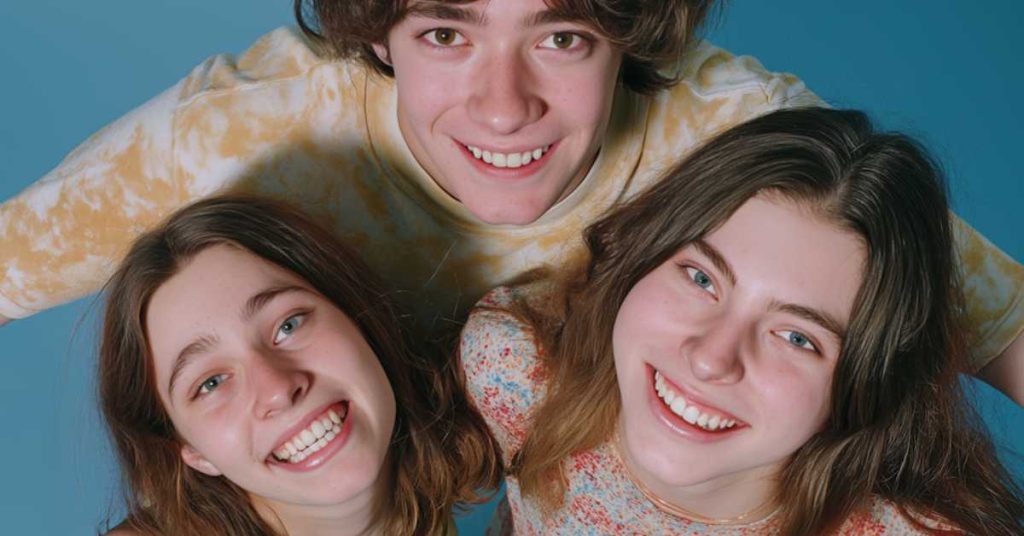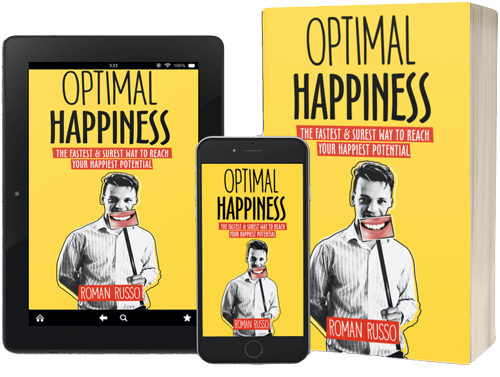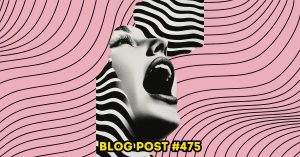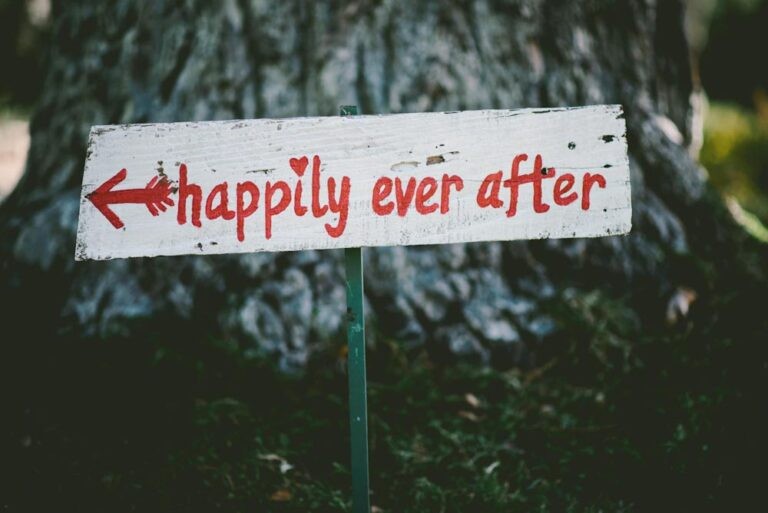
Aristotle once said that above everything else in life, we want happiness, and that everything else we do is for its sake. This suggests that happiness is the #1 goal of life. His sentiment was echoed by many of his contemporaries—equally brilliant and famous people—suggesting that we should listen to their words.
Yet Aristotle never claimed that pleasure, joy, love, or material things like ice cream, cars, or money were our #1 goal. Instead, he insisted we want one thing above all: happiness—and we pursue everything else because we believe it will bring us closer to it.
As such, it becomes very important to define these different words, because understanding their differences makes all the difference. It puts everything in perspective, especially since countless individuals spend their lives searching for the wrong things and then wonder why they feel unhappy and unfulfilled.
Moreover, there are many people who are successful on paper but totally unhappy. They became good at doing the wrong things for the wrong reasons, while all along, there is a better alternative: to go directly for the source, which is happiness.
As such, by definition:
Happiness is a positive emotional state connected to our long-term well-being.
This is a short definition, which again doesn’t mention things like cars, money, power, or anything else. That’s simply because, today, everything is linked to our sense of happiness—but some things are just more effective at bringing about happiness, while others ultimately create more pain than pleasure.
(For a complete happiness formula, read a different blog post.)
Pleasure is indeed an immediate, sensory-based experience tied to physical or material stimuli. It is often short-lived and physiologically rooted (e.g., taste, touch, or other bodily sensations). Pleasure is typically reactive—it arises in response to external triggers like food, comfort, or physical contact.
Joy is an emotional response rather than a purely physical one. It is short-term but deeper than pleasure. Joy can arise from both external events (e.g., a joke or a beautiful sunset) and internal reflections (e.g., gratitude, pride, or love). Unlike pleasure, joy is less about sensory input and more about emotional resonance.
Of course, some people will argue that these definitions are erroneous, since all these concepts are very similar and often interchangeable. They frequently manifest simultaneously, which is partly why so many people are lost—they don’t know what they truly want, why they want it, or how to achieve it. This is also why some people even dare to debate Aristotle (which is a bad idea) about what the #1 goal in life is, suggesting it’s something different—all while remaining unhappy and unfulfilled.
In this way, these definitions are both practical and theoretical. While they may be debatable, they help us understand how to optimize happiness.
Contrary to pleasure and joy, happiness is a long-term state that we experience and measure over hours, days, weeks, months, years, or even a lifetime. It’s by measuring happiness over long periods that we can determine whether we’re truly happy. This often requires balancing positive and negative emotions and seeing which prevail.
In other words, someone can be rude to us, our toothpaste can run out, and we might get a big bill, yet we remain happy. This is not because these events are positive, but because we have enough stored positivity to balance out the negativity, even in extremely difficult times.
However, the opposite is also true. Sometimes, we feel negative, and even when good things happen—a $50 bill found on the street, a puppy coming to play with us, or an attractive person smiling at us—these moments might brighten our day slightly, but they don’t outweigh the deep negativity we feel inside.
Moreover, pleasure and joy are quite similar, as both are short-term experiences—such as already mentioned finding money, playing with a puppy, or interacting with someone attractive. Interestingly, even a big, expensive purchase, like a car, often brings only short-term satisfaction, far less than the long-term happiness people expect from such events.
In other words, you can feel pleasure and joy without feeling happy.
Overall, both pleasure and joy share these traits:
- External focus of control: They depend on external circumstances or stimuli—things happening outside our minds and bodies.
- Passive engagement: They rely on what’s happening in the world, which we can influence but rarely control completely.
- Short-lived: They’re tied to immediate, fleeting sensory experiences.
At the same time, happiness is characterized by:
- Internal locus of control: It’s independent of external circumstances and instead depends on what’s happening inside you.
- Active engagement: It relies on your emotional intelligence and how well you manage your reactions to life’s events.
- Long-lasting: We experience happiness (and unhappiness) over much longer periods than joy or pleasure.
This is especially problematic on two levels. First, people are ultimately more influenced by negative events constantly happening around them, as psychologically, people are loss-averse: they dislike negative emotions up to twice as much as they enjoy positive ones.
Second, people often engage in short-term pleasure and joy activities—such as procrastination, gambling, drugs, smoking, unhealthy food, or dopamine-driven pursuits—believing these will add up to happiness. However, if that were true, we wouldn’t have widespread happiness-related problems, and there would be no need for this blog post. In reality, many of these short-term pleasures lead to long-term harm, which is why they fail to deliver lasting happiness.
In contrast, things that require sacrifice—going to the gym, eating healthily, or working toward goals—may not feel rewarding immediately, but they improve our circumstances and contribute to lasting, long-term happiness.
However, we can learn to control how we feel—elevating happiness and making it our default state. This doesn’t mean we stop feeling pleasure, joy, or any other emotions. It means we experience them while being happy.
After all, happiness feels good and offers countless benefits: happier people tend to earn more, have better relationships, enjoy better health, and outperform their negative counterparts in nearly every aspect of life.
There are many more techniques, tips, and tricks for sustainably improving well-being and happiness, which are too extensive to cover here. For more, check out my book, Optimal Happiness, or my personal coaching programs.
Stay happy—not just pleased or merely joyful.















2 thoughts on “Seek Happiness, Not Pleasure or Joy (What’s the Difference?)”
I’m glad you liked my blog. Likewise I enjoyed reading yours, especially the contrast between short-lived and long-lived experiences.
David Cat Cohen.
Haha, of course. In my opinion, people often suffer unnecessarily, since a lot of that suffering could be addressed by understanding concepts like short-term happiness vs. long-term happiness.